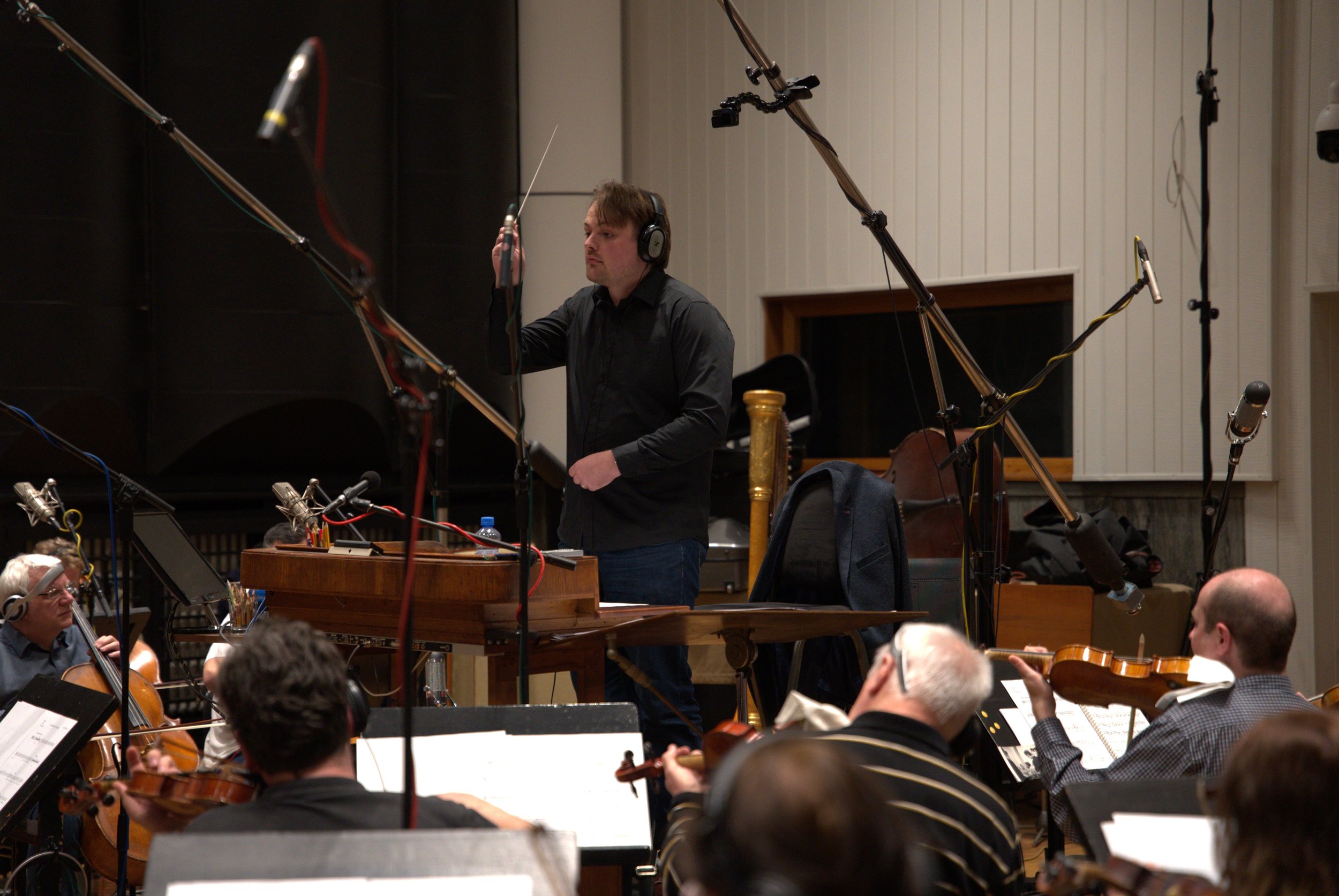
Cadences: An Introduction
It is vital to understand cadences if you want to write or analyse music. They are music’s version of punctuation, giving structure and space to a piece. This allows the listener to process what they are hearing, adding clarity to the music. They also instil a sense of direction in the music. This blog will introduce the 4 types of cadences: how they are constructed, and what effect they have on the music.
Photo by Marius Masalar on Unsplash

Naming Chords: An Introduction
This is the third instalment of my series on Music Theory: An Introduction. An important skill for anyone wanting to write or analyse music is to be able to identify chords. This month we will begin by introducing how to name them.
Photo by Jordan Whitfield on Unsplash

Introduction to Analysing Music
If you take any composition course, you will most likely be told to listen to and analyse music. But why? Often the process can be pretty daunting, particularly with orchestral music. But if you know what to look for, there is a lot to discover and learn from. The things you discover can directly benefit your future compositions.

Recording Session: Part 3 - Comparing the Tracks
It’s been more than a month since the recording session, and I’ve had time to mix the audio from the session. Now is the perfect time to look back at both the original mock-ups of my music, and their brand new live orchestral versions. My plan for this blog is to look for key takeaways:- What orchestration techniques worked well? What might I have done differently? How can I improve the accuracy of my mock-ups?
Picture taken by ThinkSpace’s Bradley Jordan
